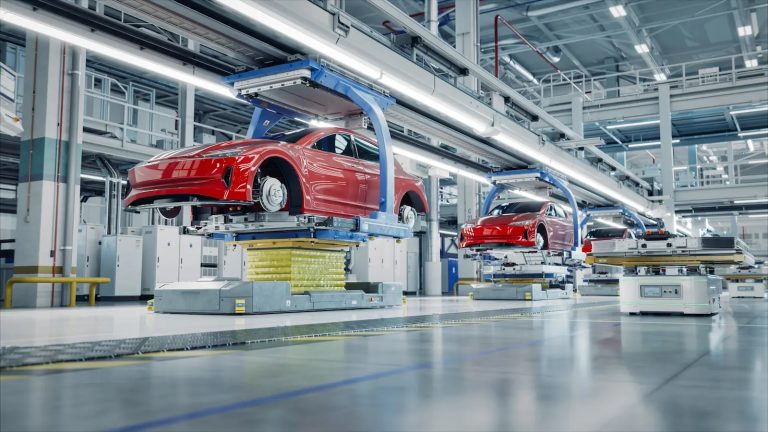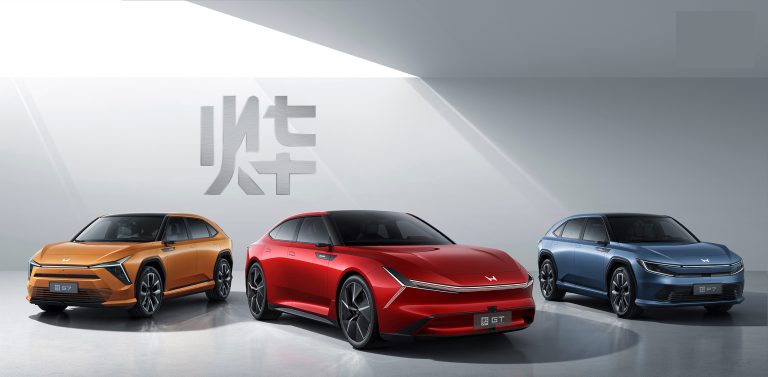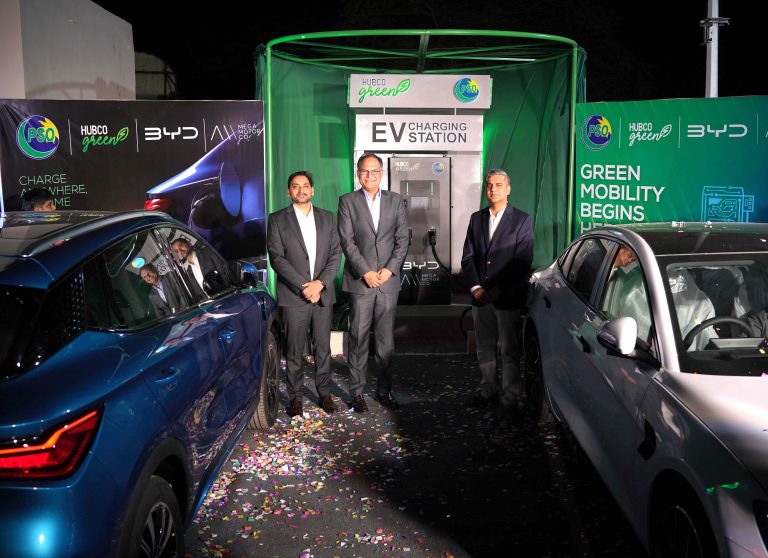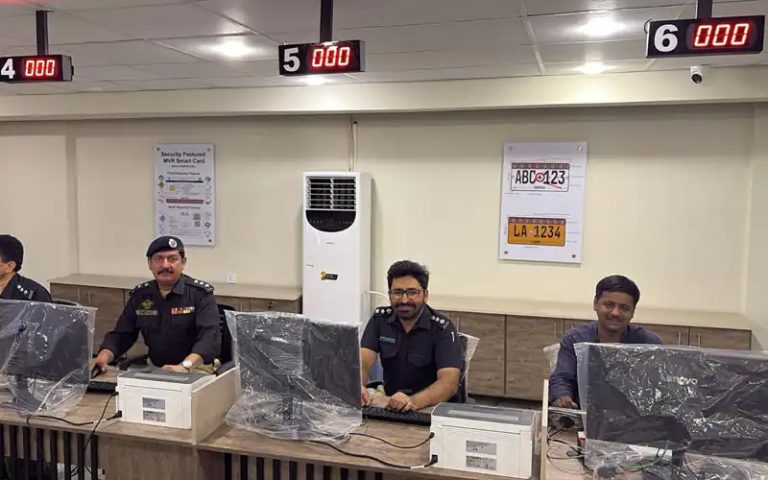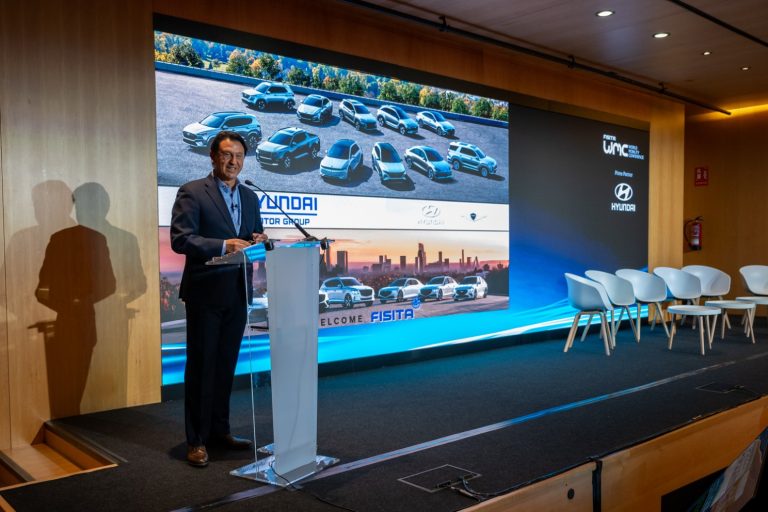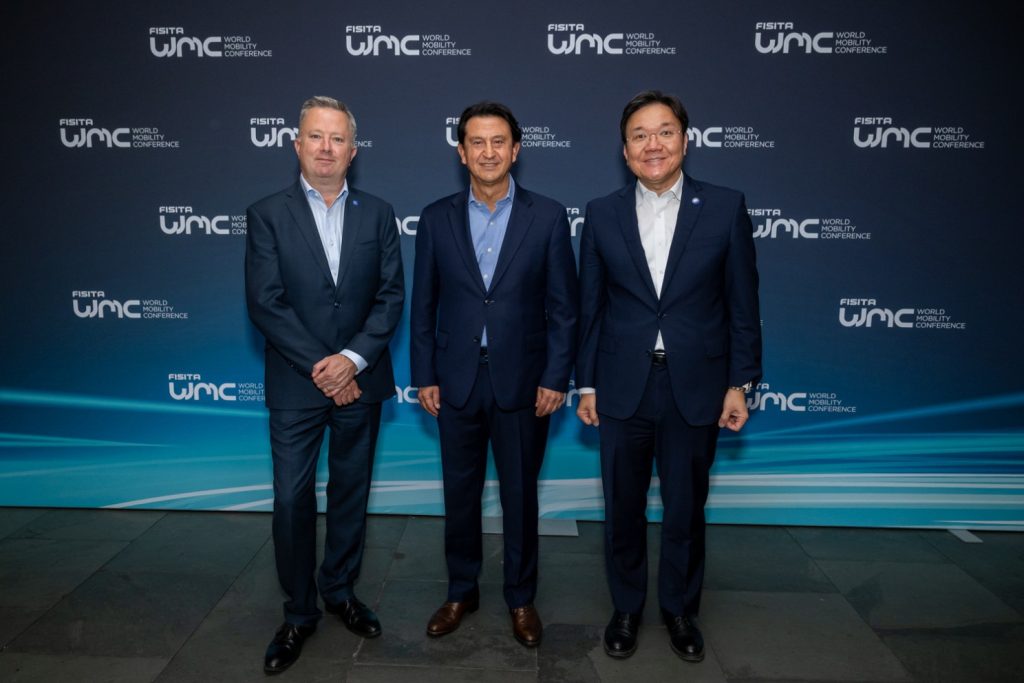Episode: 4
Summary of the Last Articles
In the previous article, we mentioned the countries that have achieved economic development through the auto industry. Auto industry has given immense industrial and economic development to America, Europe, Japan, and Korea and included them in the list of developed countries in the world. China is a living example of this, while Pakistan’s development is also inseparable from the auto industry.
Then we reviewed the auto market trend in Pakistan in particular and the rest of the world in. SUVs are being liked for many reasons. Then we reviewed the businesses related to EV vehicles and the potential opportunities for many more new businesses that can be started.
In the last article we had looked on the past of EV and find that the auto industry started with EV vehicles maintained their place in market for a few decades until the end of World War II and IC engine vehicles made progress and left the EV industry behind. We reviewed that EV history to development of the current and future auto industry.
Now Read On….
The Future: A World of Electric Mobility
Today, electric vehicles are at the forefront of the automotive industry, with continued advancements in technology and growing consumer demand driving the market forward. The future of electric vehicles looks promising, with several key trends shaping the landscape:
- Autonomous Electric Vehicles: The development of autonomous driving technology is expected to integrate seamlessly with electric vehicles, creating a new era of self-driving electric mobility.
- Sustainable Manufacturing: Automakers are increasingly focusing on sustainable practices in the production of electric vehicles, from sourcing materials to recycling batteries.
- Global Expansion: The adoption of electric vehicles is growing rapidly worldwide, with emerging markets playing a crucial role in the global transition to electric mobility.
- Energy Integration: Electric vehicles are becoming an integral part of the broader energy ecosystem, with innovations in vehicle-to-grid technology enabling cars to support renewable energy grids.
- The first mass-produced: Electric car, in the modern sense, was the General Motors EV1, released in 1996. However, the first mass-produced hybrid car, the Toyota Prius, was introduced in Japan in 1997.
- Toyota released: The first mass market electric car in Japan, 1997. They used a new nickel-metal hydride battery which they still use in their cars today. The Toyota Prius quickly became a popular model of car due to fuel prices rising once again and the public’s growing awareness of pollution.
- The exciting thing: About technology is that it’s ever evolving. By the time we entered the 2000s, the technology was in place to create an electric car which meant car manufacturers could start focusing on the design.
- Tesla hit the market: With a luxury electric car which challenged the leading sports car brands. Its popularity showcased a new desire for electric cars that we hadn’t seen before – electric cars are not only needed, but wanted.
Current Scenario & Future of electric cars
The popularity of Hybrid & Electric cars is growing due to a number of reasons:
1. Hybrid & Electric Cars becoming more affordable,
2. Charging stations increasing continuedly.
3. Hybrid cars synchronizing the electric vehicles till wide expansion infrastructure
4. Quick home electric chargers coming with cars and available in local markets
5. Every car maker and assembler introducing new models with Hybrid, Plug-in Hybrid and EVs
6. A greater awareness of our environmental impact.
Electric Bikes and Scooters
However, it’s not just cars benefitting from the electric revolution with electric bikes and scooters also becoming more common. As the world continues to look towards more sustainable energy sources, electric vehicles are only going to become more popular, and with greater demand, comes a greater supply, with more hybrid and electric cars hitting the market.
EV and hybrid market in Pakistan
The electric vehicle (EV) and hybrid market in Pakistan has seen growth since 2015, driven by government policies, environmental concerns, and rising interest from consumers. While EVs are still in their early stages of development in Pakistan, hybrid vehicles have gained popularity for their fuel efficiency.
Hybrid Vehicles:
- Market Growth:
Hybrid vehicles like the Honda Vezel, Toyota Prius, and Aqua have become increasingly popular in Pakistan, driven by their perceived fuel efficiency and the potential to reduce fuel costs.
- Demand:
The demand for hybrids is rising due to stringent emission regulations and the growing awareness of environmental issues.
- Local Assembly:
Some manufacturers have begun assembling hybrid vehicles locally, potentially reducing import duties and making them more affordable.
- Best Examples:
MG, Haval, Toyota, Honda, Kia, Hyundai, Deepal, BYD and some more companies introduced or introducing near future are expanding their EV offerings, curiosity among environmentally conscious consumers in Pakistan
Growing Interest:
Pakistan has seen a budding interest in EVs, with initiatives like the Electric Vehicle Policy 2021 aimed at reducing import duties and making them more affordable.
New Energy Vehicle Policy 2025
- The New Energy Vehicle Policy 2025 aims to address challenges in EV adoption and production, with ambitious targets for transitioning to clean energy in the transport sector.
As per available information indifferent media. The Federal Minister For Finance And Revenue Muhammad Aurangzeb chaired a meeting on the New Energy Vehicle Policy 2025.
- The policy aims to address key challenges in the adoption and production of electric vehicles and sets ambitious targets for transitioning to clean energy in the Transport Sector.
- Secretary Industries & Production delivered a detailed presentation outlining the current state of the Electric Vehicle Industry.
- The presentation emphasized policy interventions to ensure smooth adoption of NEVs in line with national priorities.
- Discussions focused on overcoming barriers to electric vehicle production and adoption, improving manufacturing processes, addressing infrastructure needs, necessary policy corrections to streamline EV production, addressing supply chain issues, and encouraging private sector investment.
- The Finance Minister stressed the importance of the timely development and implementation of the NEV Policy 2025-30 .
- The meeting concluded with a commitment to expedite efforts for the successful implementation of the NEV Policy, paving the way for a cleaner, greener, and more sustainable future for Pakistan.
Policy Support and Challenges
The National EV policy has set EV market penetration targets, aiming for 30% of new passenger vehicle sales and 50% of two, three-wheelers and buses by 2030.
- Challenges:
Challenges to EV adoption include the lack of charging infrastructure, high costs, and limited domestic EV production.
- Global Battery Costs:
The cost of batteries, which is a major component of EV prices, will impact their affordability.
- Localization of Supply Chain:
Developing a local supply chain for EV parts can reduce costs and promote domestic production.
- Public Awareness:
Raising awareness about the benefits of EVs and dispelling misconceptions is important for increasing consumer demand.
- Price Competitiveness:
The cost of EVs needs to be competitive with traditional vehicles to attract more consumers.
Electric Busses Future in Mass Transit
Pakistan is actively transitioning to electric buses for its public transportation, with a focus on Lahore and other cities in Punjab. The Punjab government launched the first electric bus service in Lahore in February 2025, and has plans to add more e-buses to the fleet and expand the service to other cities. This initiative aims to provide a more sustainable and affordable public transport system.
Key developments in Pakistan’s electric bus program:
- Lahore’s Electric Bus Service:
The Punjab government launched the “Welcome to Maryam Nawaz Sharif Green Punjab” electric bus service in Lahore, starting from the Railway Station to Green Town. The pilot project initially included 27 e-buses, with plans to add 500 more by August.
- Expansion to other cities:
The Punjab government has approved the introduction of 1,500 electric buses in six districts, including Sargodha, Sheikhupura, Sialkot, Gujrat, Rahim Yar Khan, and Dera Ghazi Khan. The first phase will see 380 electric buses introduced in Lahore and Gujranwala.
- Infrastructure Development:
Charging stations are being established to support the e-bus fleet, and a modern transport command and control tower is planned for Lahore.
- Benefits of electric buses:
The Punjab government is promoting electric buses as a “cheap and modern” public transport system, offering benefits such as free Wi-Fi, mobile charging ports, and CCTV cameras.
- Other initiatives:
The Sindh government also plans to add 100 pure-electric buses to its public transportation system, with Karachi being a potential test case for their deployment. Daewoo Express has also expressed interest in introducing inter-city electric buses in Pakistan.
- Government support:
The Punjab government is subsidizing the fare for passengers, and offering free travel to senior citizens, differently-abled individuals, and students.
Let’s make a conclusion to follow them
We have extensively studied electric vehicles in our past and present articles, not only the present but also the past of electric cars, and in light of this, we have also examined the current and future situation of electric cars. Therefore, we should adopt innovation. Survival lies in adopting innovation. Through electric vehicles, we can improve our environment, our economy, and our living standards. Also, we can set the new upcoming automotive industry’s business goals in a timely manner.
There are never end to explore new ways of progress in Automotive sector. Stay connect with modernity, businesses and Monthly AUTOMARK, then say together Grow Automotive Grow Pakistan, INSHALLAH.
